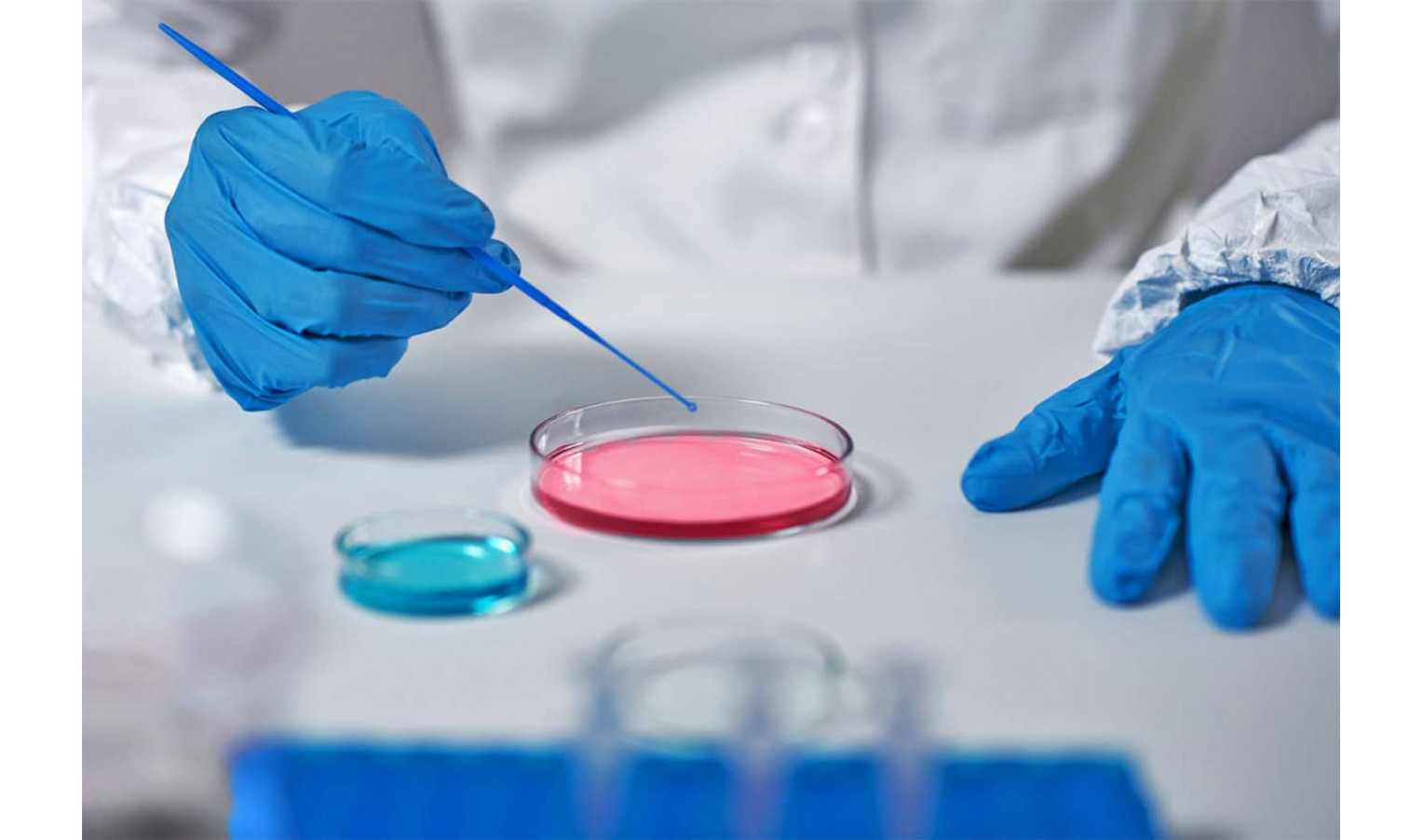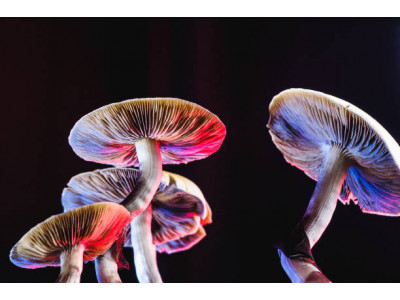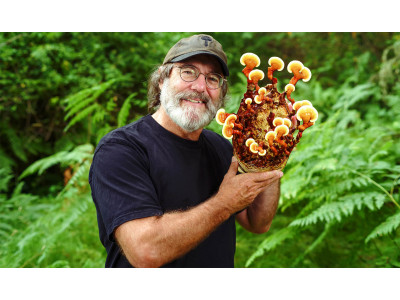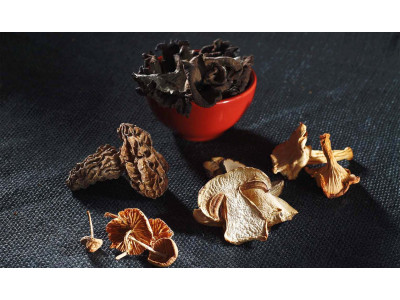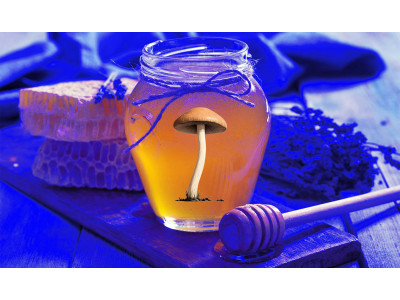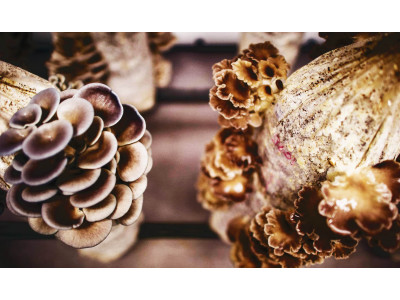Technology of sterile work
Contents
Introduction
Cleaning of the working area
Personal hygiene
Psychological hygiene
Journal entries (laboratory diary)
Introduction
The nutrient medium for fungi, known as substrate, is similar to human food: it contains the right balance of carbohydrates, proteins, minerals and vitamins. Like our food, it is attractive to a variety of microorganisms. Like a loaf of bread forgotten in the kitchen for a few days, the substrate quickly becomes their bait.
However, unlike humans, fungi are also microorganisms, and they have to compete for food with other neighboring microorganisms. Here bacteria have a distinct competitive advantage, as they are able to multiply thousands or even millions of times faster than the fungal mycelium. Even the mycelium of mold fungi outpaces the normal fungal mycelium in terms of growth rate and colonization time. The presence of even a single mold spore or even a small number of bacteria can result in a moldy mass or "stinky mess."
In addition, every cubic centimeter of air in a small room contains more than 100,000 particles. An invisible and silent "rain" of mold spores, dust, and plant particles continuously settles on every horizontal surface in your home, whether you are aware of it or not. The only way to prevent these microorganisms from attacking your substrate is to make sure they never get there. There are two main approaches to doing this: completely eliminating mold and bacteria already in the substrate, and preventing new microorganisms from entering the substrate by working in a truly clean (and sterile) lab environment. We recommend eliminating all microorganisms from nutrient media by sterilization or autoclaving in a special device where virtually no living thing can survive the high temperature (121 °C) and pressure (15 pounds per square inch). We then maintain the sterility of our workspace by air filtration (using a HEPA filter) and/or chemical disinfection.
These two strategies represent methods of sterile or aseptic culturing techniques, and they are key components necessary for successful mushroom cultivation. Let me emphasize this again: mastering the skills of sterile technique is absolutely the most basic thing you must master. If you don't realize this, no mushroom growing technique will lead to success, even if you follow the instructions most carefully. You may be lucky enough to get one or two mushrooms, but mostly the result will be a huge amount of blue, green, and black mold, and an unsightly, smelly hodgepodge of bacteria.
Many novice mushroom growers encounter failure at the very beginning, and those who have succeeded) have learned a lesson in how and why to use sterile techniques. The techniques described in this article will help you navigate properly, saving you a lot of time, nerves, and resources.
(1). Of course, there are quite a few sterile methods of work, but not all of them are available (taking into account material costs) for the home mushroom grower.
So, let us emphasize once again: mastering the skills of sterile culture is indeed extremely important.
Cleaning the working area
Preparing the workspace begins with its thorough cleaning. The first step for you will be to create a clean work area. It is ideal if you are able to dedicate a room or a separate space specifically for mushrooming projects, such as a spare bedroom or an unused closet. In the absence of such a space, most lab operations can be done in a medium-sized kitchen, but a high level of cleanliness must be maintained. The kitchen is considered one of the most polluted and biologically active rooms in the home, so mold counts are very high. Nevertheless, using the kitchen provides easy access to water and stove. If you plan to dedicate a space for mushrooms, make sure it is close to the kitchen. After all, there is no point in sterilizing your materials to then carry them across the entire "unhygienic" house to the lab.
Your work area should include a decent-sized table, preferably with a sturdy, easy-to-clean surface. A laminate or enamel-coated wood desk is great, as the workspace should definitely be wiped down with alcohol before each use. If you have a wooden desk, you should consider putting a thin plywood with a plastic laminated surface or a piece of thick vinyl on top of it. Also, the floor in your work area should be easy to clean (linoleum or tile) and easy to check for cleanliness. Carpets are accumulators of spores and dust, millions of which rise into the air with every step, so it's best to avoid them if at all possible. The walls should be spotlessly clean (a fresh coat of paint won't hurt), and all other surfaces in the room should be thoroughly wiped down. If possible, use a disinfectant (products based on orange oil or tea tree oil will do, as they not only effectively kill germs, but also smell pleasant and are environmentally friendly). Of course, if you work in a kitchen, you won't be able to treat every surface every time before use, but regular cleaning and sanitizing is a must, as often as possible before each use.
The workspace should be draft-free to minimize air movement around your mushroom cultures. Windows should be closed tightly before starting work, hood ducts should be closed, air conditioning should be turned off, and doors should be closed in advance. If possible, avoid having other sources of contamination in the room. Remove potted plants, aquariums, pet food and litter boxes in advance. This will prevent unnecessary microorganisms from entering your work area. For added cleanliness and safety, it is a good idea to use an air filtration device in your lab. These days, good filters cost less than $100, the fans in them are quiet and they effectively provide continuous air filtration. When choosing a device, look for a HEPA (High Efficiency Particulate Air) rating, which means that the filter is capable of capturing particles 0.1 microns or larger with 99.97% efficiency. It is recommended that you use a HEPA filter to thoroughly clean your indoor air.
Finally, you need to ensure that the air directly around your work area is clean. You can do this by working in a glove box, a small enclosed space that can be sanitized, devoid of drafts. You can also work in front of a stream of sterile air from a laminar flow cabinet equipped with a HEPA filter. This filter ensures a constant flow of sterile air in the work area, preventing contamination. A glove box can be easily and cheaply made by yourself, but it is less effective because it can draw air from the room. A laminar flow cabinet is more expensive, but it pays for itself, as it provides work in sterile conditions, even outdoors. On the Internet, you can find devices and instructions on how to make these items for the laboratory yourself.
Personal Hygiene
Now that you've cleaned and prepared your workspace as a lab, it's time to turn your attention to another important source of possible contamination - yourself. Your body, hair and clothing are a sort of "tropical jungle" inhabited by bacteria, viruses and fungi that, although invisible to the eye, are mostly harmless to you and others, but can be devastating to fungal cultures. To minimize this "nasty company," you must maintain a high level of hygiene before each step of work or entering the laboratory.
This means that you should shower before starting work, dry your body with a fresh towel, and put on clean clothes immediately before getting down to business. These clothes should also be specifically designed for lab work only. The choice of clothing is equally important. Avoid shirts with long sleeves that may get in the way while working. It is preferable to keep your arms bare up to the elbow. If your hair is long, secure it in a ponytail and keep it under a cap. Treat your hands and forearms with isopropyl alcohol (using a wipe) and always use disposable surgical gloves when working (also treating the outside of the gloves with alcohol).
Mental hygiene
In the same way that you have prepared your workplace and taken care of the physical condition of your body, also don't forget about your psychological state before you start work. Psychological wellbeing plays just as important a role as physical hygiene. After all, your mood and psychological state have a strong influence on how you perform your work. If you allow distractions or are in a hurry, you are more likely to make mistakes or allow contamination in your cultures.
It is important to move through the lab with caution, judgment, and purpose. Avoid unnecessary rapid movements and sudden movements, as these can cause unwanted air currents. Take your time. If you have a rush, it is advisable to slow down or postpone a project to a more appropriate time. The same goes for the family: ask your spouse and children to observe access restrictions to the lab, and limit access to cats and dogs.
Do not enter the lab if you are sick, tired, or in a bad mood. It is also recommended that you turn off your cell phone to avoid distracting notifications. If it helps, play soothing and uplifting music in the lab, but avoid hard rock or speed metal genres. If such music helps you focus and does not interfere with your work, then why not.
Journal entries (lab diary)
Careful and detailed record keeping (lab diary) of all experiments performed plays an important role in effective laboratory work. Most stages of mushroom cultivation require expanding the grain culture and obtaining a larger volume than the previous stage. For example, ten new petri dishes or jars of grain culture can be obtained from one petri dish, six bags of grain culture can be obtained from one jar, and so on. The ability to easily identify each strain using a coding system saves considerable time and effort in the long run. It also allows progress to be evaluated, successes and failures to be identified, and each stage of production to be tracked from start to finish and sources of problems or crop contamination to be identified if necessary.
A unique code should be assigned to each crop jar, which should be recorded in a laboratory notebook. Any notebook is suitable for this purpose, although pages of markup or graphics may be useful for structuring data and creating tables and charts. If your electronic notebook does not have page numbering, you should add it at the top of each page.
Each time you start a new mushroom experiment (e.g., reproducing a culture in a separate container, jar, or cup), start a new notebook page. At the top of the page, write the date and a description of the experiments being conducted ("cultivation on a petri dish with MYA nutrient medium" or "inoculation of a jar of rye grain with spores"), including additional information such as the techniques used or unconventional production methods. Create three columns on the page, labeled from left to right: source cultures, experiment number (number and month), and special notes.

